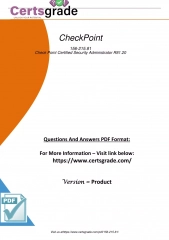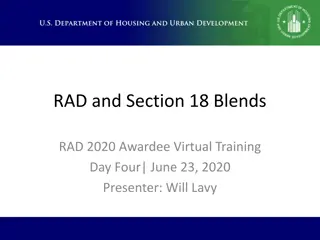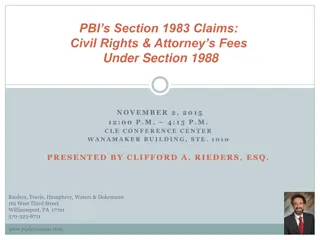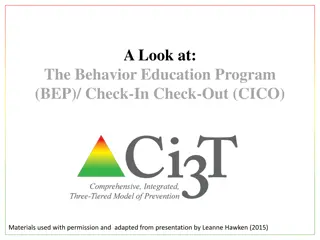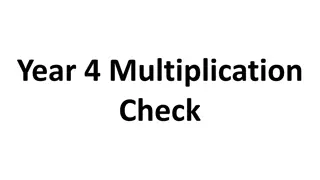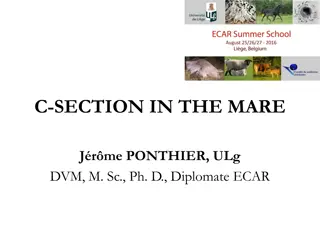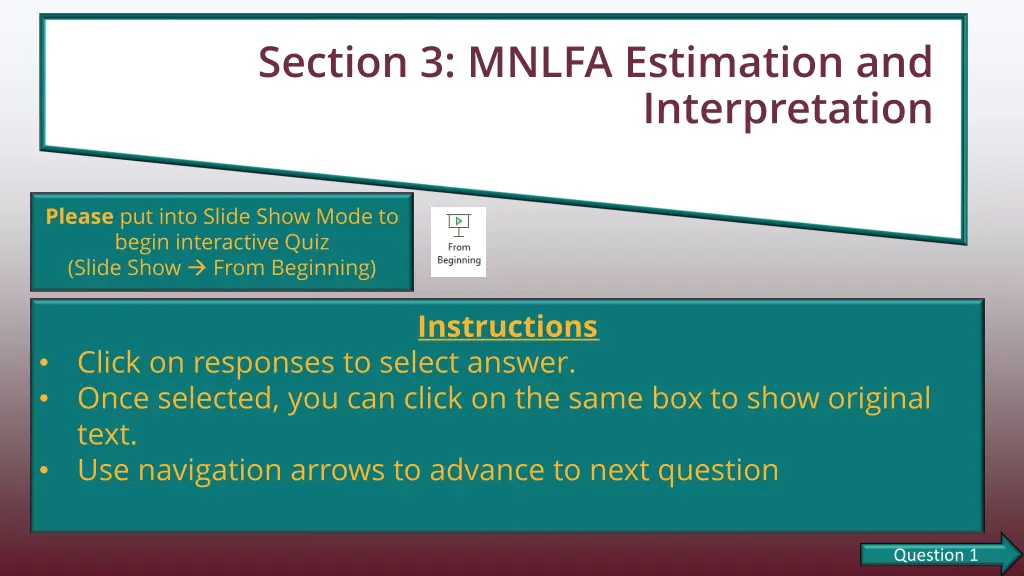
Interactive MNLFA Estimation and Interpretation Quiz
Dive into an interactive quiz focused on MNLFA estimation and interpretation, covering topics such as logit values, intercept moderation, slope moderation, and variance interpretation. Test your knowledge and enhance your understanding in a slide show format.
Download Presentation

Please find below an Image/Link to download the presentation.
The content on the website is provided AS IS for your information and personal use only. It may not be sold, licensed, or shared on other websites without obtaining consent from the author. If you encounter any issues during the download, it is possible that the publisher has removed the file from their server.
You are allowed to download the files provided on this website for personal or commercial use, subject to the condition that they are used lawfully. All files are the property of their respective owners.
The content on the website is provided AS IS for your information and personal use only. It may not be sold, licensed, or shared on other websites without obtaining consent from the author.
E N D
Presentation Transcript
Section 3: MNLFA Estimation and Interpretation Please put into Slide Show Mode to begin interactive Quiz (Slide Show From Beginning) Instructions Click on responses to select answer. Once selected, you can click on the same box to show original text. Use navigation arrows to advance to next question Question 1 Question 1
Knowledge Check 1 ????? ???= 1 = ??+ 0.05?1? 1.0?2???+ ??+ 0.3?1? 0.2?2?. In the highlighted term 0.3?1?, what does the value 0.3 represent? This response assumes that the background variable z_1 is a binary grouping variable, but that need not be the case in MNLFA. An increase in the intercept also represents the item becoming easier, not more difficult. For members of the focal group, item i is 0.3 logits more difficult than for members of the reference group. A For a one-unit change in background variable z1, the intercept of item i This is the correct interpretation, and will apply no matter the scale of ?1. increases by 0.3 logits. That is, the item is 0.3 logits easier for each unit of z1. B For a one-unit change in background variable z1, the slope of item i increases by 0.3 logits. That is, the item is 0.3 logits more discriminating Slope moderation is captured in a different part of the equation: ??+ 0.05?1? 0.1?2??? for each unit of z1. C Previous Question Next Question Previous Question Next Question
Knowledge Check This plot shows an item with uniform and non-uniform DIF, to use traditional DIF terminology. In MNLFA terms, which of the following are true? 2 Yes intercept moderation represents a constant difference in the logit of a correct response for each unit change in the background variable. Intercept moderation is analogous to uniform DIF. A Yes slope moderation represents a difference in the steepness of the item response function as a function of the background variable, leading the item response function curve / item characteristic curves at different levels of the background variable to cross. Slope moderation is analogous to non-uniform DIF. B This is flipped intercept moderation corresponds to uniform DIF. Intercept moderation is analogous to non-uniform DIF. C This is flipped slope moderation corresponds to non-uniform DIF. Slope moderation is analogous to uniform DIF. D Previous Question Next Question Previous Question Next Question
Knowledge Check Consider the equation from section 3, slide 12: ?~?(0 + ?.??????+ ?.??????,?2 ?0.5?????+0 ?????). Interpret the variance term of the equation. 3 This describes a linear relation, but the relation is log-linear. For each unit increase in lang, the variance of the distribution increases by 0.5. A This does not accurately describe the term the relation described here would imply that variance goes down as lang goes up, but the equation represents a relation in which lang is positively and log-linearly associated with variance. For each unit increase in lang, the variance of the distribution is multiplied by 0.5. B This is correct a one-unit increase in lang add 0.5 to the exponent in the term capturing the variance of . Because this number is positive, that means that variance increases with lang, but the relation is log-linear, not linear, to prevent negative variances. distribution increases by 0.5. For each unit increase in lang, the logarithm of the variance of the C Previous Question Next Question Previous Question Next Question
Knowledge Check 4 Which of the following statements about MNLFA estimation is true? This is not true for the model to be identified, at least one item must be DIF-free for each background variable (assuming impact is estimated). Frequentist regularization does, however, pseudo-identify the model, meaning that estimation can begin without specifying the anchor item ahead of time. LASSO regularized estimation procedures can produce impact estimates while capturing DIF on all items. A Maximum likelihood estimation (non-regularized/traditional) does require at least one a priori anchor item to be specified for each background variable. Maximum likelihood estimation does not require a prior anchor items. B This is true if using a regularizing prior (e.g., spike-and-slab), but false if uninformative priors are used (see, e.g., Enders et al., 2024). require a prior anchor items. Bayesian estimation via Markov Chain Monte Carlo does not C This is correct. The specifics differ by regularization approach, but neither frequentist (e.g., LASSO) nor Bayesian (e.g., spike-and-slab) priors require a prior anchor items. See Belzak and Bauer (2020) and Chen et al. (2022). Regularized estimation procedures do not require specifying anchor items a priori. D Previous Question Next Question Previous Question Next Question
You have reached the end of this learning check Please click anywhere to exit! Previous Question Previous Question

